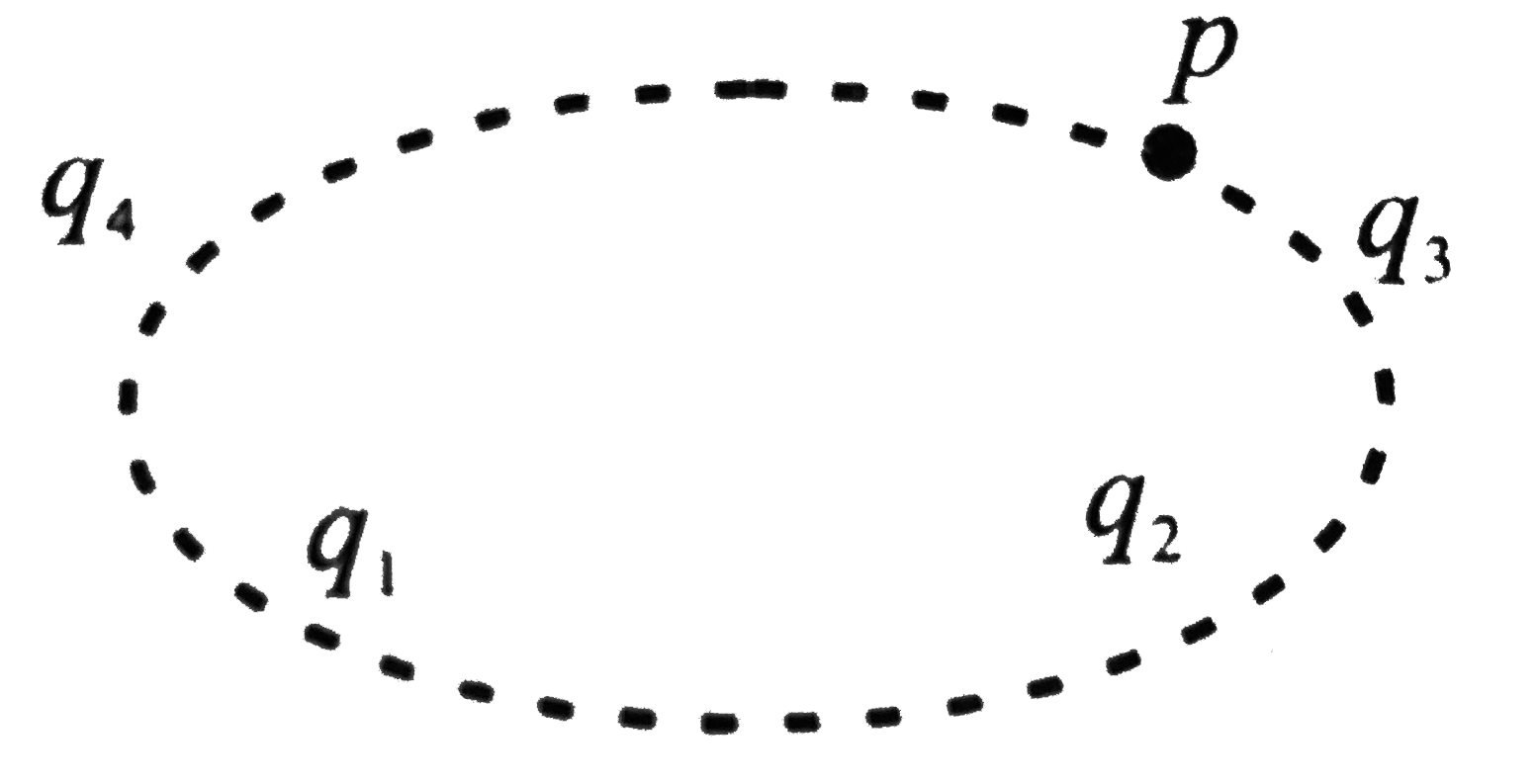A
B
C
D
Text Solution
Verified by Experts
The correct Answer is:
|
Topper's Solved these Questions
ELECTRIC FLUX AND GAUSS LAW
CENGAGE PHYSICS|Exercise Subjective type|7 VideosView PlaylistELECTRIC FLUX AND GAUSS LAW
CENGAGE PHYSICS|Exercise MCQ s|38 VideosView PlaylistELECTRIC FLUX AND GAUSS LAW
CENGAGE PHYSICS|Exercise Multiple Correct|8 VideosView PlaylistELECTRIC CURRENT AND CIRCUIT
CENGAGE PHYSICS|Exercise Interger|8 VideosView PlaylistELECTRIC POTENTIAL
CENGAGE PHYSICS|Exercise DPP 3.5|14 VideosView Playlist
Similar Questions
Explore conceptually related problems
Knowledge Check
Similar Questions
Explore conceptually related problems
CENGAGE PHYSICS-ELECTRIC FLUX AND GAUSS LAW-Comprehension
- A small conducting spherical shell with inner radius a and outer radiu...
13:01
|
Play - Consider the previous problem , let the outer shell have the charge -...
13:01
|
Play - Consider the previous problem , let the outer shell have the charge -...
13:01
|
Play - Consider the previous problem , let the outer shell have the charge -...
13:01
|
Play - Consider the previous problem , let the outer shell have the charge -...
13:01
|
Play - Consider the previous problem , let the outer shell have the charge -...
13:01
|
Play - Consider the previous problem , let the outer shell have the charge -...
13:01
|
Play - Two spherical cavities of radii a and b are hollowed out from the inte...
05:12
|
Play - Two spherical cavities of radii a and b are hollowed out from the inte...
05:12
|
Play - Positive and negative charges of equal magnitude lie along the symmetr...
02:36
|
Play - Positive and negative charges of equal magnitude lie along the symmetr...
02:36
|
Play - There are two nonconducting spheres having uniform volume charge densi...
05:55
|
Play - There are two nonconducting spheres having uniform volume charge densi...
05:55
|
Play - Gauss's law and Coulomb's law , although expressed in different forms ...
06:52
|
Playing Now - Gauss's law and Coulomb's law , although expressed in different forms ...
06:52
|
Play - Gauss's law and Coulomb's law , although expressed in different forms ...
06:52
|
Play - Gauss's law and Coulomb's law , although expressed in different forms ...
06:52
|
Play - A spherical conductor A contains two spherical cavities as shown in Fi...
05:40
|
Play - A spherical conductor A contains two spherical cavities as shown in Fi...
05:40
|
Play - A spherical conductor A contains two spherical cavities as shown in Fi...
05:40
|
Play
